Europe’s aviation regulatory authority EASA has for the first time certified an aircraft – the Airbus A330-900 – to ICAO’s new CO2 emissions standard, which was adopted by the ICAO Council in 2017 and implemented into the EASA Basic Regulation in July 2018. The certification process provides an assessment of an aircraft’s fuel efficiency and therefore of the CO2 it emits while in operation. Under a complex formula, the fuel efficiency in cruise flight is certified, which is influenced by the engines as well as the aircraft’s aerodynamic characteristics and weight. The standard, which is to be adopted by certifying airworthiness authorities worldwide, complements existing aircraft noise and engine emissions standards and will be applicable both to new type-certified aircraft and to in-production aircraft, with all aircraft being produced needing to comply by January 2028. The A330neo – comprising the A330-800 and the extended fuselage A330-900 and incorporates the latest generation Rolls-Royce Trent 7000 engine – was launched in 2014 and received its type certification from EASA in 2018. Airbus said its other airliners will receive CO2 certification in due course and conform with the 2028 deadline requirement.
“Airbus is proud to be the first commercial aircraft manufacturer to receive EASA certification for ICAO’s new CO2 requirement,” commented Simone Rauer, Airbus’ Head of Environmental Roadmap. “ICAO standards are important elements of the global ICAO action plan to regulate emissions from aircraft and engines, and to help ensure a level-playing field in the industry. For the A330neo in particular, the award demonstrates this aircraft meets ICAO’s environmental regulations beyond 2028.”
The aircraft manufacturer said it would learn from being the first to apply for the certification requirement and that the standard was “technology-encouraging” as it was based on demonstrated and proven technologies which could be inserted into the next generation of aircraft. It added the CO2 standard was an “important new brick” to complement a range of existing ICAO measures that help to control and curb emissions attributed to civil aviation.
The ICAO CO2 standard defines the certification of a CO2 emissions Metric Value that comprises two main components: a fuel burn component (called Specific Air Range, or SAR) measured at three different masses during the cruise and then averaged, and a non-dimensional component (called Reference Geometric Factor, or RGF) representing the cabin ‘useful’ surface from the cockpit door to the aft end of the pressurised area. The resulting CO2 emissions Metric Value is expressed as kilogrammes of fuel per kilometre.
The complexity of the metric is because of the way in which an aircraft is operated, said EASA. Fuel consumption depends not only on speed but also on the flight altitude and on the weight of the aircraft, which is higher in the beginning of the cruise phase than towards the end of it, as fuel is burned during the flight, it explained.
EASA described the new certification as a key milestone on its roadmap to establish an environmental label for aviation by 2022. Amongst other values, the label will use CO2 emissions data to provide a comprehensive assessment of the environmental performance of an aircraft, it said.
“This is a new and important factor for environmental certification in light of the global efforts to decarbonise the aviation industry,” said EASA Executive Director Patrick Ky. “There is still a long way to go to reach this goal but every step is important in demonstrating that aviation is moving determinedly towards that objective.”
Airbus voluntarily applied for the CO2 certification of the A330-900 following a call from EASA in late 2019. EASA said that based on various expressions of interest to date, it anticipated more manufacturers will be seeking early CO2 certification in the immediate future.
While the ICAO CO2 standard was implemented into the EASA Basic Regulation nearly three years ago, the United States aligned its own regulations with ICAO’s only last December when the Environmental Protection Agency (EPA) finalised greenhouse gas emissions standards for airplanes used in commercial aviation and large business jets. Adoption of the standard faced strong criticism from US environmental groups, which perceive it to be ineffective and not designed to result in reductions of aviation emissions. In January, groups represented by Earthjustice plus a number of states started legal proceedings against the outgoing Trump administration challenging the adoption of the standard. The EPA and industry argued that without adoption, the US FAA would be unable to certify an aircraft, placing US aircraft manufacturers at a competitive disadvantage (see article).
Photo: Airbus A330neo


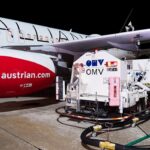
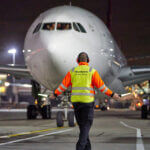



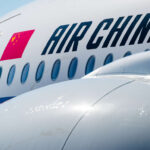
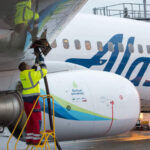
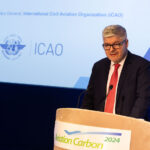

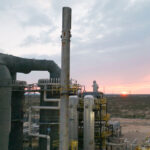

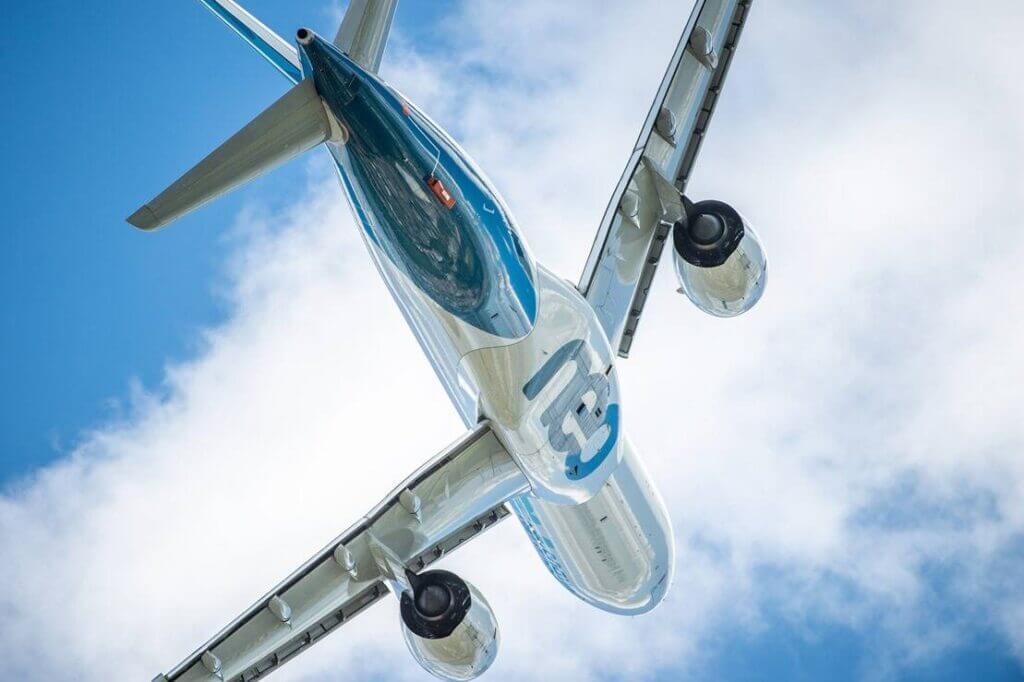

More News & Features
EASA releases status report on Europe’s SAF production and readiness to meet blending targets
New study highlights differing strategies and barriers to decarbonising aviation in UK and Europe
SITA teams with Arab airlines on developing technology to enhance flight sustainability
Airbus enters partnerships with airlines Wizz and EVA to help prepare for SAF introduction
European aviation players launch Project SkyPower to drive investment in e-SAF and meet EU and UK mandates
Loganair and Heart partner on UK electric flight, while magniX and NASA unveil US e-test aircraft